SCENARIO 18-9
What are the factors that determine the acceleration time (in sec.) from 0 to 60 miles per hour of a
car? Data on the following variables for 171 different vehicle models were collected:
Accel Time: Acceleration time in sec.
Cargo Vol: Cargo volume in cu.ft.
HP: Horsepower
MPG: Miles per gallon
SUV: 1 if the vehicle model is an SUV with Coupe as the base when SUV and Sedan are both 0
Sedan: 1 if the vehicle model is a sedan with Coupe as the base when SUV and Sedan are both 0
The regression results using acceleration time as the dependent variable and the remaining variables
as the independent variables are presented below. 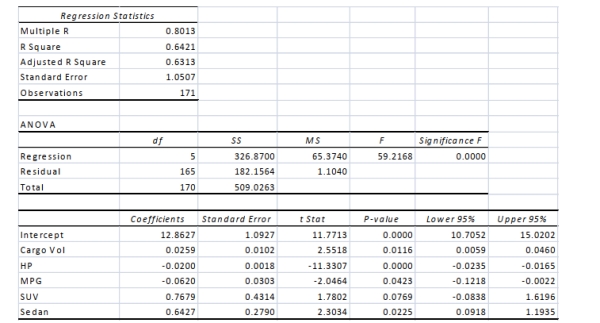 The various residual plots are as shown below.
The various residual plots are as shown below. 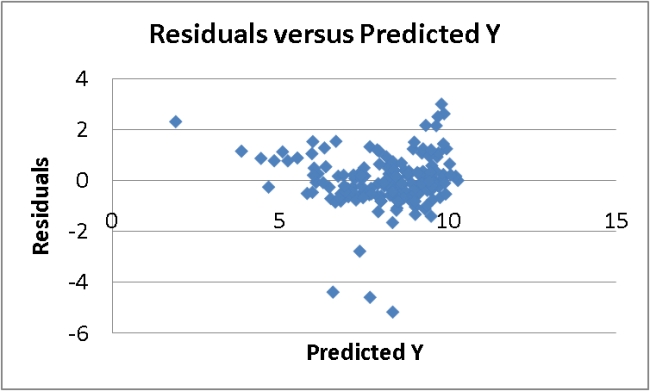
A Roadmap for Analyzing Data 18-63 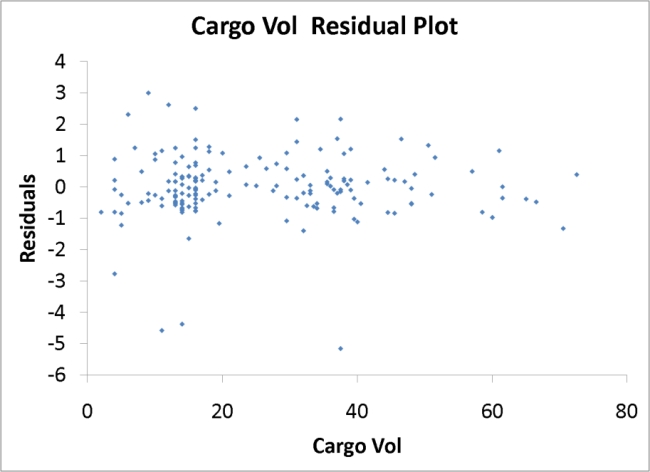
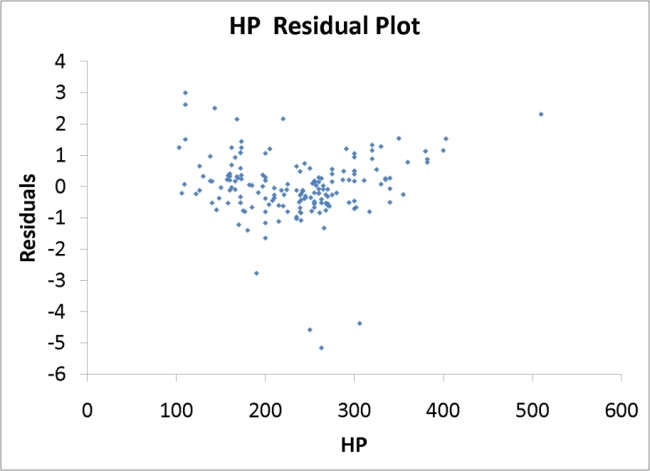

18-64 A Roadmap for Analyzing Data 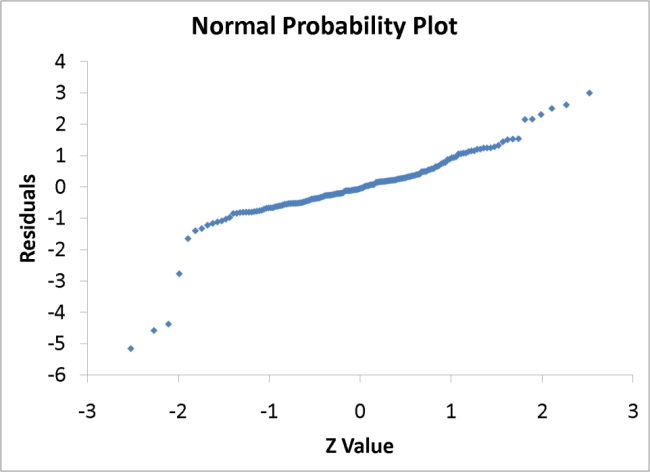

-Referring to Scenario 18-9, what is the correct interpretation for the estimated coefficient for
MPG?
Definitions:
Relearning
The process of learning material or skills that were once learned and then forgotten, which often requires less time than the initial learning.
Short-Term Memory
The part of the memory system that is responsible for temporarily holding small amounts of information in an active, readily available state for a short period of time.
Explicit Memory
A type of long-term memory involving the conscious recall of facts and experiences.
Implicit Memory
Refers to the unconscious memory of skills and how to perform tasks.
Q8: Referring to Scenario 12-8, at 5% level
Q21: A regression diagnostic tool used to study
Q48: <img src="https://d2lvgg3v3hfg70.cloudfront.net/TB2675/.jpg" alt=" " class="answers-bank-image d-block" rel="preload"
Q49: If we use the <img src="https://d2lvgg3v3hfg70.cloudfront.net/TB2675/.jpg" alt="If
Q53: True or False: The Variance Inflationary Factor
Q60: True or False: Referring to Scenario 12-6,
Q62: Referring to Scenario 14-13, the fitted model
Q67: Referring to Scenario 20-5, what is the
Q71: A wheel spinning game is played with
Q84: Which of the following best measures the